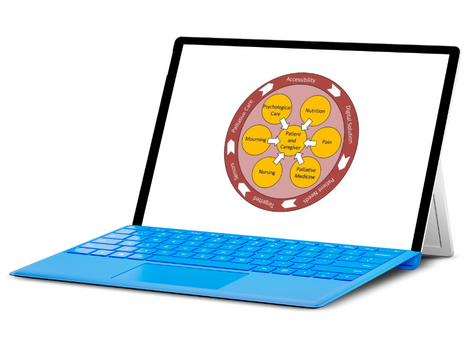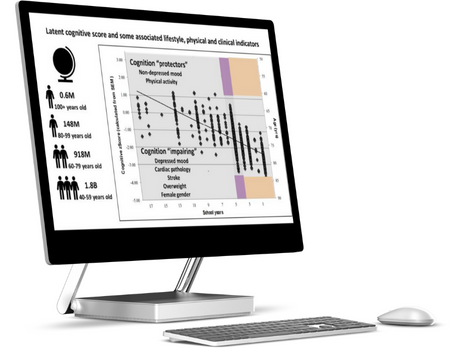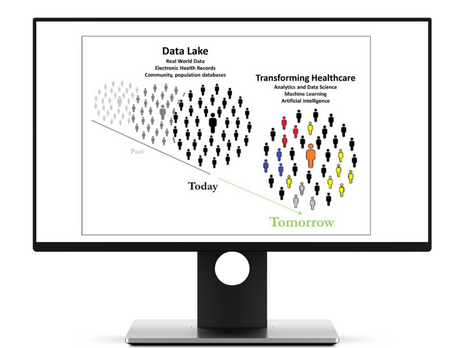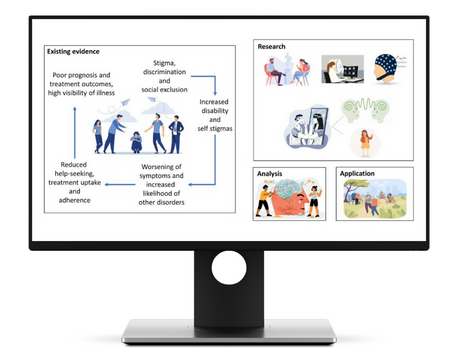
Ageing in the Digital Era
In a context of an unprecedented demographic shift, along with the desire and need for older adults to age-in-place (that is, an individual living in the residence of their choice, for as long as they are able, throughout ageing), it is crucial the establishment of innovative strategies that work to bolster health promotion and strategies. In fact, the increase in life expectancy of a population is usually a hallmark of a country’s success in health and sanitary care, but it is meaningless if not accompanied by the proper quality of life, a construct defined as general wellbeing (comprising clinical, physical and mental health aspects), in that the ability to perform daily life activities is maintained. Because digital technology is increasingly present in everyday tasks, digital literacy, and use of digital platforms, including in healthcare, monitoring, and data analysis, is unavoidable and goes “hand in hand” with health, health literacy, and availability, access and use of digital health services. The intersection of these is a goal in the Agenda 2030, and here at the core of the “Ageing in the Digital Era” research line.
The scientific approach proposed for this theme is multimodal. We are committed to (i) continue to contribute to understanding the pathophysiological mechanisms involved in aging-related processes (cellular to populations), its determinants (e.g., stress, education, nutrition, exercise), (ii) monitoring throughout life (or in physiological or pathological situations), and (iii) how digital means, accessibility and/or interventions, can improve the quality of life, but also the provision of health care. These different levels of approaches are in line with the biomedical research activities in the School of Medicine/ICVS health cluster, and will be conducted in a population-based approach. Depending on specific study goals, longitudinal or cross-sectional approaches will be applied, and multiple measures collected that can range from MRI data to biological samples, to neuropsychological, clinical and socio-demographic data. Participants will be recruited from different contexts, and/or specific inclusion/exclusion criteria, depending on the specific study question. Intervention studies, or user-center and feasibility studies, may be designed whenever appropriate.
Team Members


Osborne F.X. Almeida

Filipe Antunes

José António Mariz

Raúl Pereira

Vitor Hugo Pereira

Ana Coelho

António Teixeira Rodrigues

José Pedro Correia

Nadine C. Santos

Pedro M. Teixeira

Teresa Costa Castanho
Projects
- Nadine C. Santos
- The “P5 Palliative Care” digital multidisciplinary consultation is intended for people over 65 years of age whose illness, being serious and/or incurable, can cause situations of intense suffering for…
- Nuno Sousa
- From an aggregation of multiple population-based team projects, this Project builds on Team achievements, on healthy (cognitive) ageing, across the last decade…
- Nuno Sousa
- In our Digital Era, it is crucial the establishment of innovative strategies that work to bolster health promotion, studies and/or programs designed to reduce the loss of independence in the older years, and the full utilization of already existing data…
- Osborne F.X. Almeida
- Older persons are subject to stigmatizing attitudes held by the public and even health professionals. At the same time, they themselves hold stigmatzing attitudes towards younger persons as well as their peers…
Success Story
The thematic line “Ageing in the Digital Era” has built in the last months a structured interventional program, together with the Clinical Digital Center P5, to promote behavioral changes that promote health and add quality to the lifespan. These interventions are research based and use digital tools to garantee access to many individuals independent of their location and socioeconomic status. These actions fuel an integrated database that agregated structured data from multiple sources.
Selected Research Outputs
Coelho A, Magalhães R, Moreira PS, Amorim L, Portugal-Nunes C, Castanho T, Santos NC, Sousa N, Fernandes HM (in press). A novel method for estimating connectivity-based parcellation of the human brain from diffusion MRI: application to an aging cohort. Human Brain Mapping. doi: 10.1002/hbm.25773
Almeida OFX, Sousa N (2022) Leveraging Neuroscience to Fight Stigma Around Mental Health. Front Behav Neurosci 15:812184. doi: 10.3389/fnbeh.2021.812184
Coelho A, Fernandes HM, Magalhaes R, Moreira PS, Marques P, Soares JM, Amorim L, Portugal-Nunes C, Castanho T, Santos NC, Sousa N (2021) Signatures of white-matter microstructure degradation during aging and its association with cognitive status. Sci Rep, 11(1), 4517. doi: 10.1038/s41598-021-83983-7
Coelho A, Fernandes HM, Magalhaes R, Moreira PS, Marques P, Soares JM, Amorim L, Portugal-Nunes C, Castanho T, Santos NC, Sousa N (2021) Reorganization of brain structural networks in aging: A longitudinal study. J Neurosci Res, 99(5), 1354-1376. doi: 10.1002/jnr.24795
Domingos C, Picó-Pérez M, Magalhães R, Moreira M, Sousa N, Pêgo JM, Santos NC (2021) Free-living physical activity measured with a wearable device is associated with larger hippocampus volume and greater functional connectivity in healthy older adults: an observational, cross-sectional study in Northern Portugal. Front. Aging Neurosci. 13: 729060. doi: 10.3389/fnagi.2021.729060
Castanho TC, Amorim L, Moreira PS, J Mariz, Silva AM, JA Palha, Sousa N, Santos NC (2016) Assessing cognitive function in older adults using a videoconference approach. EBioMedicine pii: S2352-3964(16):30350-4. doi: 10.1016/j.ebiom.2016.08.001
Rodrigues AT, Romano S, Romão M, et al. (2021) Effectiveness of a pharmacist-led intervention on inhalation technique for asthma and COPD patients: The INSPIRA pilot cluster-randomized controlled trial. Respiratory medicine. 2021;185. doi:10.1016/J.RMED.2021.106507
Rodrigues AT, Nunes JCF, Estrela M, Figueiras A, Roque F, Herdeiro MT (2021) Comparing Hospital and Primary Care Physicians’ Attitudes and Knowledge Regarding Antibiotic Prescribing: A Survey within the Centre Region of Portugal. Antibiotics (Basel, Switzerland) 10(6). doi:10.3390/ANTIBIOTICS10060629
GIRO - Digital Plataform with cognitive, physical and general activities for seniors - YouTube: https://www.youtube.com/channel/UCubP8eXx7cCbZCfQ9yZNnnw
Ageing Database - comprising neuroimaging, biological, neuropsychological and socio-demographic data, on population-based ageing cohorts

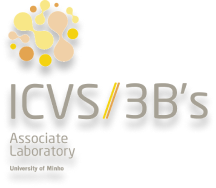
Contact us
Phone: +351 253 604 967
Fax: +351 253 604 809
Email: icvs.sec@med.uminho.pt
Address
Life and Health Sciences
Research Institute (ICVS)
School of Medicine,
University of Minho,
Campus de Gualtar
4710-057 Braga
Portugal

Copyright ©2022 ICVS. All Rights Reserved



Copyright ©2022 ICVS. All Rights Reserved
Address
Life and Health Sciences
Research Institute (ICVS)
School of Medicine,
University of Minho,
Campus de Gualtar
4710-057 Braga
Portugal



Copyright ©2022 ICVS. All Rights Reserved
Address
Life and Health Sciences
Research Institute (ICVS)
School of Medicine,
University of Minho,
Campus de Gualtar
4710-057 Braga
Portugal


